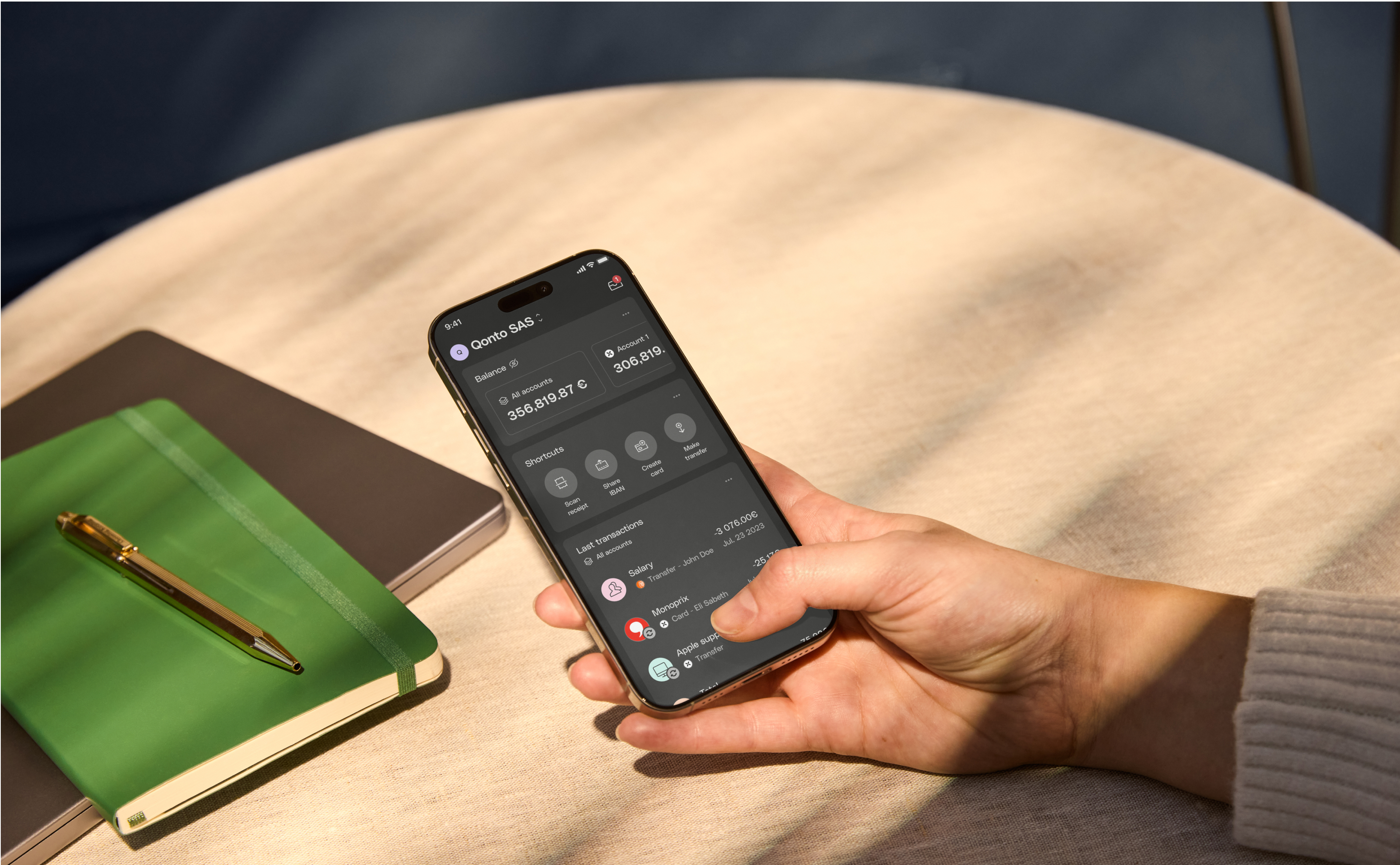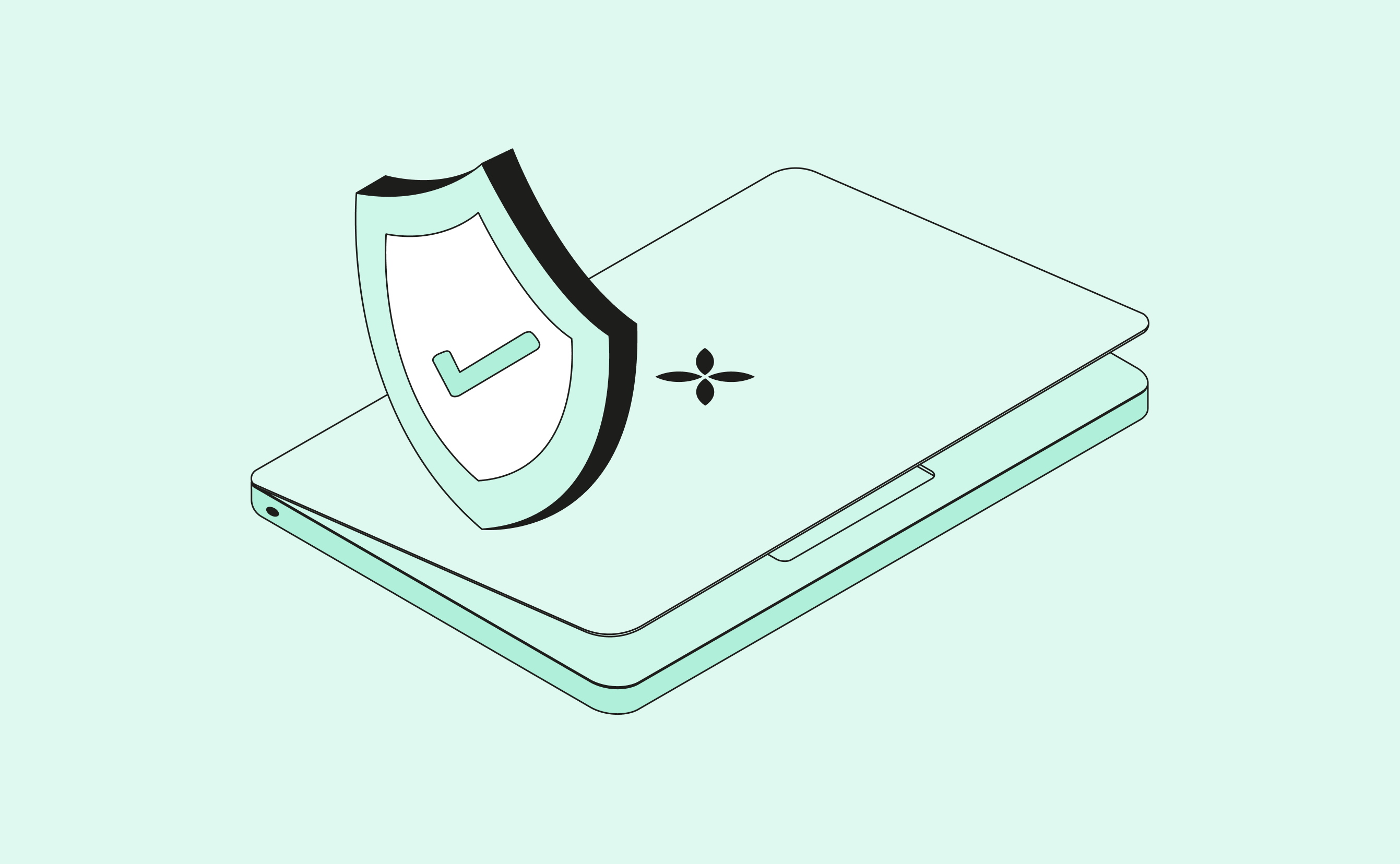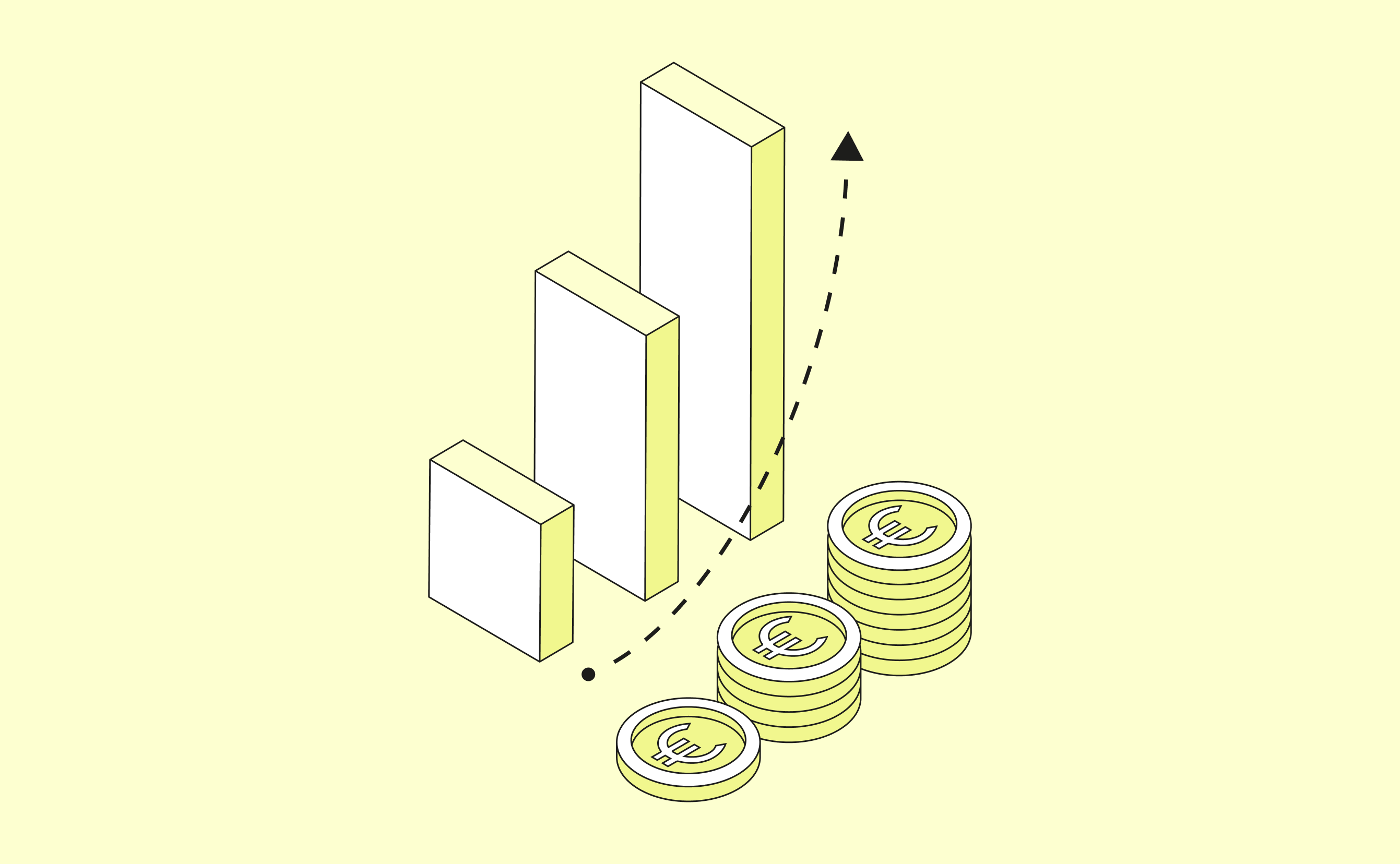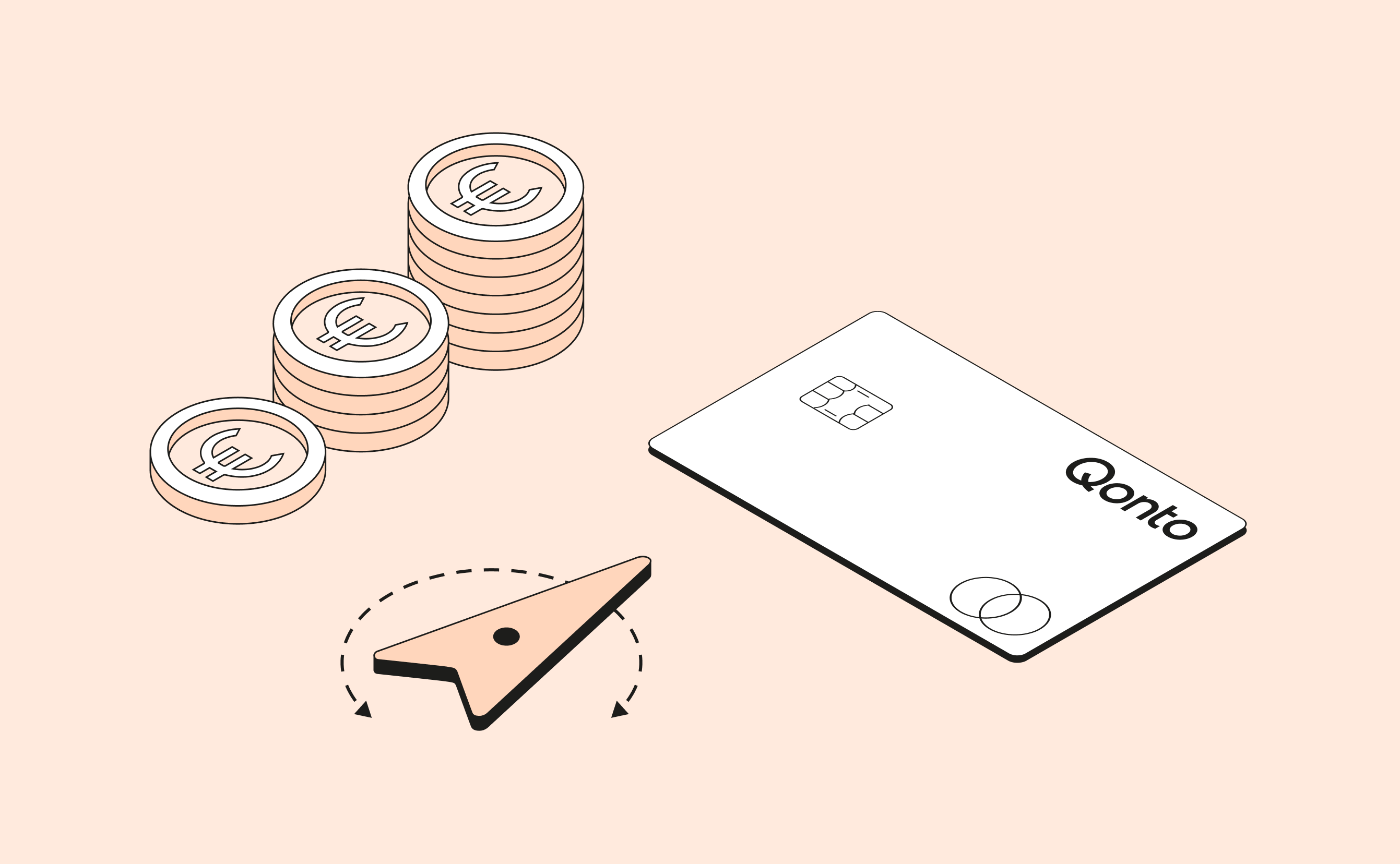It's Tuesday morning. Your accounts payable team is processing invoices when one catches their eye. It's from your regular office supplies vendor: same logo, same format, same contact details. The only difference? The bank account number at the bottom has changed.
"Must be a new account," your team member thinks, and approves the €12,000 payment.
Three days later, your actual vendor calls. They haven't received payment and they're threatening to cut off service. That's when you realize: the invoice was fake, the bank account belonged to a fraudster, and your €12,000 is gone. Worse? Your real vendor still expects to be paid, meaning you're out €24,000 total.
Welcome to invoice fraud. It's not dramatic. It's not high-tech. It's just a fake invoice that looks real enough to fool your team into sending money to the wrong place.
The good news? Invoice fraud is preventable. This article will show you how fraudsters manipulate invoices, how to spot the warning signs, and how to build a verification system that catches fake invoices before they cost you thousands.
Let's make sure every euro you send goes to the right place.






